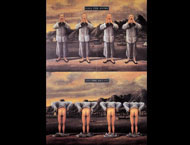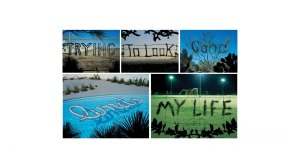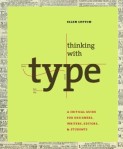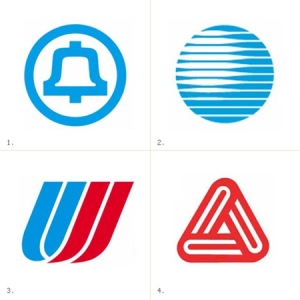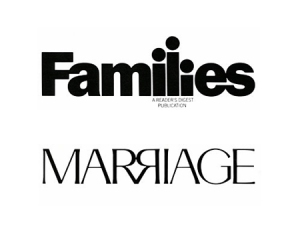Massimo Vignelli is one of the most Iconic designers of all time.
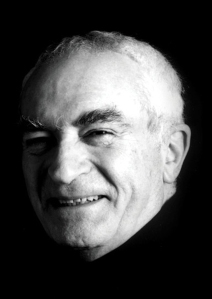
He is responsible for creating some of the most recognizable branding and logos since the modernist period.
Vignelli’s background is in architecture, which he studied in Milan, his birthplace, before moving to the USA and founding Vignelli Associates.
Vignelli associates’ portfolio includes designing anything from corporate identity, packaging design, designing for publications, furniture, products and interior design. Some of his most popular works include branding for American Airlines, IBM, Benetton and Sisley (“Colours of Benetton” campaign), signage for the New York subway, The Guggenheim NY, Packaging and signage for MOMA and many other leading American and European companies and institutions.

This branding is still current today
Vignelli said “We like Design to be forceful. We do not like limpy design. We like Design to be intellectually elegant – that means elegance of the mind, not one of manners, elegance that is the opposite of vulgarity. (Vignelli Canon 2008 p14)
His designs are clear and bold, using basic shapes and strong primary colours. He favours a toolkit of several classic fonts only. This structure assures his design aesthetic is always timeless and impacting.
He has strong environmental ethics, favouring specific paper sizes and supplies to ensure less wastage. He talks about this at length in the infamous Vignelli Canon p36 onwards. http://www.vignelli.com/news.html
An excerpt from Gary Hustwit’s indy film “Helvetica”. Massimo talks about the subway maps he designed and the pricipals he used to design them.http://www.helveticafilm.com/vignellimap.html
A personal interview talking about New York, designers, his life, his career and his famous take on the meaning of the word ‘vulgar’.http://observatory.designobserver.com/entry.html?entry=14398
I was really impressed with this designer from the get-go. The way he designs, the way he speaks, his personal life, and his humility. Although he exudes confidence, rightly so, there is no arrogance. He speaks from the heart in a matter of fact way, and knows his craft back to front. I would encourage anyone to study him, to read his ‘canon’, to watch his interviews. I am very excited about my discovery of him, and the knowledge and learning we can gain from this amazingly talented craftsman.
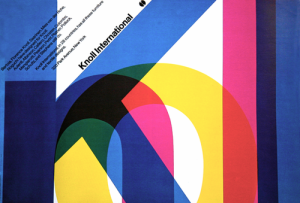
Knoll
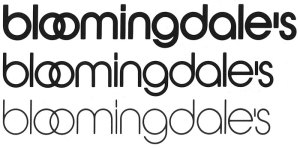
Bloomingdale's Brand
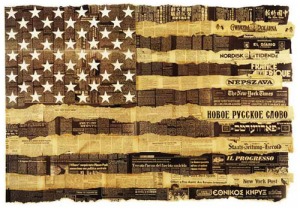

New York Subway map
- Bicentennial poster USA by vignelli associates, 1976
http://conceptgenius.com/massimo-vignelli-dicipline-design/
http://subtilitas.tumblr.com/post/712761444/massimo-vignelli-poster-for-knoll-international
http://www.forbes.com/2001/01/24/0124cc_print.html





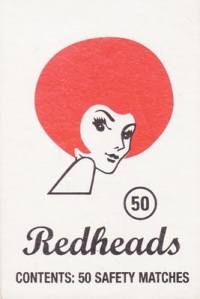
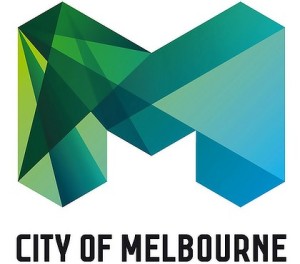
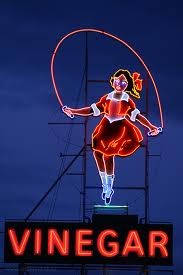

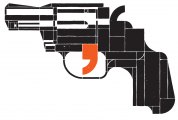
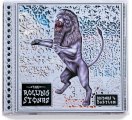 Stefan Sagmeister is probably best known for his Album cover work. He has design covers for Lou Reed, David Byrne, Talking Heads – once in a lifetime, box set and, The Rolling Stones, amongst others. His work has been described as humorous, with a hand-made quality, and controversial, without being offensive.
Stefan Sagmeister is probably best known for his Album cover work. He has design covers for Lou Reed, David Byrne, Talking Heads – once in a lifetime, box set and, The Rolling Stones, amongst others. His work has been described as humorous, with a hand-made quality, and controversial, without being offensive. 
